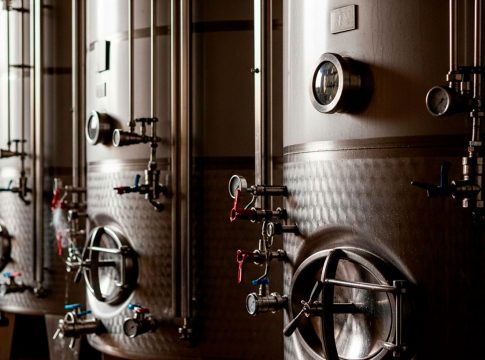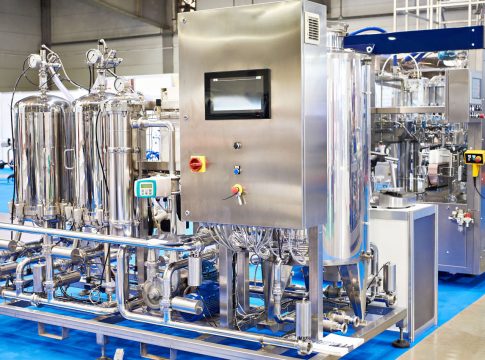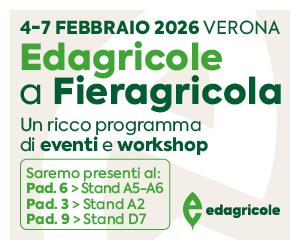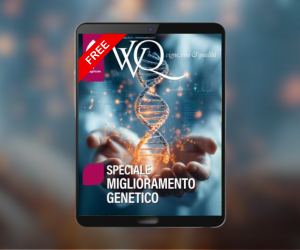
Molti prodotti alimentari possono agire, in soggetti suscettibili, da antigeni e provocare reazioni allergiche. Tra questi uova, latte, pesce, glutine, crostacei, soia e nocciole sono i più comuni. Essi rappresentano una fonte importante di proteine, e la maggior parte di essi possono essere usati nei sistemi alimentari grazie alle proprietà emulsionanti, gelificanti e schiumogene. La patata, che non risulta inclusa nella lista degli ingredienti alimentari che provocano allergie o intolleranze (Direttiva 2003/89/CE), è uno dei vegetali maggiormente utilizzati nell’industria alimentare; il tubero contiene circa il 2% di composti azotati sulla base di peso fresco, di cui il 35-75% è rappresentato da proteine (1,2). La proteina maggiormente presente nel tubero di patata è la patatina (PAT), che appartiene a una famiglia di glicoproteine presenti per più del 40% sul contenuto totale di proteine solubili. Di grande interesse come alternativa ai chiarificanti di origine animale, la patatina mostra proprietà enologiche ed efficacia di assoluto rilievo.
L’ARTICOLO COMPLETO E’ PUBBLICATO A PAGINA 20 DEL NUMERO 6/2017 DI VVQ (SETTEMBRE).
Per approfondire
Bibliografia
- Knorr D., Kohler G.O. & Betschart A. A., 1977. Potato protein concentrates: The influence of various methods of recovery upon yield, compositional and functional characteristics. Journal of Food Processing and Preservation 1, 235-246.
- Pots AM, Gruppen H, van Diepenbeek R, van der Lee JJ, vanBoekel MAJS, Wijngaards G (1999) The effect of storage of whole potatoes of three cultivars on the patatin and protease inhibitor content; a study using capillary electrophoresis and MALDITOF mass spectrometry. J Sci Food Agric 79(12):1557–1564
- GRAS Notice 000086 Coagulated Potato Protein (2001) Food and drug administration. Department of Health and Human Services,
- Castells M.C., Pascual C., Martin Esteban M. & Ojeda J.A., 1986. Allergy to white potato. Journal of Allergy and Clinical Immunology, 78, 1110-1114.
- Holm F. & Eriksen S., 1980. Emulsifying properties of undenatured potato protein concentrate. Journal of Food Technology 15, 71-83.
- Iturmendi N., Moine V. & TEISSEDRE P.L., 2012. Les produits de levure: application au collage de vin rouge. Revue des Œnologues n°145, 11-14.
- Rinaldi, A., Gambuti, A., & Moio, L. (2012). Application of the SPI (Saliva Precipitation Index) to the evaluation of red wine astringency. Food chemistry, 135(4), 2498-2504.
- Park WD, Blackwood C, Mignery GA, Hermodson MA, Lister RM (1983) Analysis of the heterogeneity of the 40,000 molecular weight tuber glycoprotein of potatoes by immunological methods and by NH2-terminal sequence analysis. Plant Physiol 71:156–160.
- Nikolantonaki M. Incidence de l’oxydation des composés phénoliques sur la composante aromatique des vins blancs, Université Victor Segalen Bordeaux 2, 2010
- Cheynier V., Rigaud J. & Moutounet, M., 1990. Oxidation kinetics of trans-caffeoyltartrate and its glutathione derivatives in grape musts. Phytochemistry, 29 (6), 1751-1753.
- Rinaldi A., Gambuti A., Pignone E., Moio L. 2016. Chiarifica dei mosti bianchi con proteina da patata.VVQ, 6, Novembre 2016.
- Renouf V., LOUAZIL P., ITURMENDI N., MOINE V. & DAULMY B., 2013. Nouvelles alternatives pour le collage des moûts de raisins blancs : Intérêts techniques et résultats pratiques. Revue des Œnologues n°147, 30-33.
- Gambuti, A., Rinaldi, A., & Moio, L. (2012). Use of patatin, a protein extracted from potato, as alternative to animal proteins in fining of red wine. European Food Research and Technology, 235(4), 753-765.











